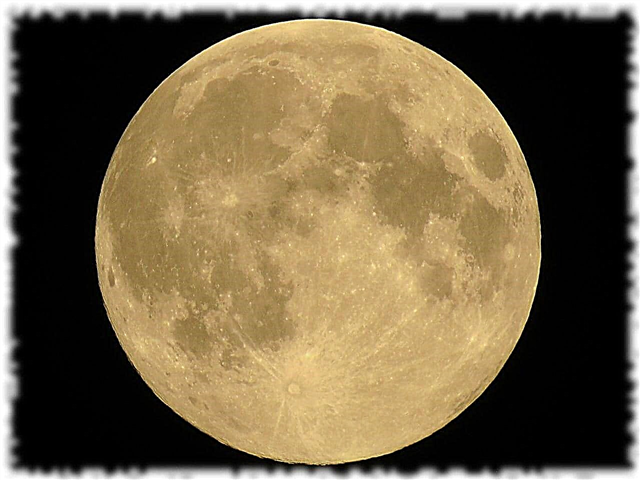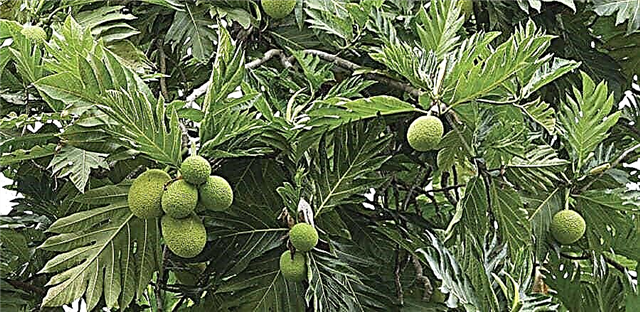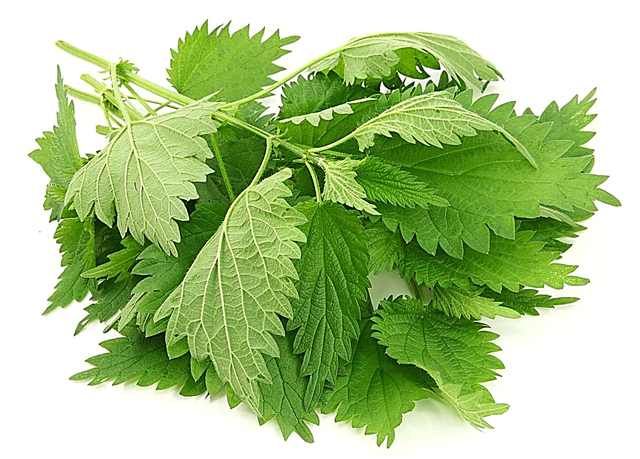
Putting even peeled, well-washed potatoes into the pan, the hostess may notice that over time, in the process of boiling, foam will form on the surface of the water. Why does it appear, what does it consist of? Does it need to be removed, or is it harmless to the body? Does the amount of its allocation depend on the variety, the conditions for growing potatoes, the fertilizers used, or the composition of the vegetable?
Many people are interested in the answers to such questions, because potatoes in Russia are called "second bread", it appears on the table very often. They just need to be answered.
What is included in the foam?
During cooking, potatoes, like any other product, emit a certain amount of substances that are part of each tuber. Indeed, when cleaning, during heating, part of the cells burst, releasing the contents to the outside. It is known that potatoes are rich in starch, which can be partially excreted - the substance is able to create a foam that has a white, light color. It may look a bit like soap.
It’s not worth worrying about this phenomenon, it remains within the normal range; no harmful substances appear in the foam. But many housewives seek to clean it, because starch alone does not bear much benefit for the human body. If the foam is not removed, it will disappear by itself during the cooking process. The substance will transfer to water. In most cases, after cooking, it merges, all unnecessary is removed along with it.If you cook potato soup or another dish that involves the use of a decoction or broth, it really makes sense to remove the foam.
Varieties of potatoes and froth during cooking
Many housewives notice that when choosing different potatoes, the abundance of foam also varies. In some cases, it may be almost absent, in others it rises high, even “escapes” from the pan, creating problems during cooking. In practice, we can say that the higher the percentage of starch in tubers, the more foam can form during cooking. Other factors have minimal impact on the process.
Interesting fact: growing conditions, fertilizers used can affect the amount of starch formed in tubers, but do not play a direct role in the formation of foam. This is not to say that a particular potato variety is clearly harmful, it was grown using a large amount of chemical fertilizers, since a lot of foam is released during its cooking.
The color of the foam when boiling potatoes
If the foam is pure white, light - it contains starch. Dark impregnations indicate the presence of contaminants - it was necessary to thoroughly rinse the peeled tubers before cooking. If this is not done in a timely manner, you will have to remove the foam. A similar phenomenon is observed when cooking potatoes in a peel - it is problematic to free the skin from all particles of the contaminant when washing, the microparticles can remain, and then they will emerge together with a grayish or brownish foam. In this case, the foam is removed, or the whole broth merges with it and dirt.
Foam of different colors is formed when cooking several products together. Potatoes secrete starch, meat - protein, which also emerges with foam. In practice, many products give foam in the first stages of cooking, in most cases this process is recognized as completely normal, natural.
Thus, the foam during the cooking of potatoes is formed due to starch, which in the root crop contains about 15 percent. It can be removed or not removed, if it is a light, white foam, it can be left. During cooking, the bubbles will disappear on their own. The broth from the potatoes is usually not left, or use it in minimal amounts. If it spills out, worry about the foam is not worth it at all.












